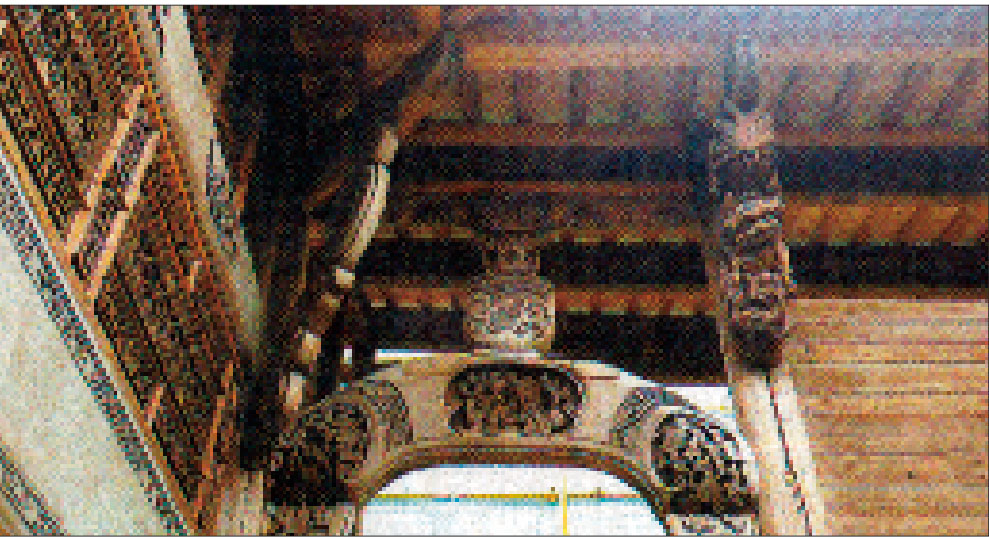|

TWO Qing Dynasty (1644-1911) halls have been moved to Shenzhen to host exclusive tea parties, Chinese media reported.
Ziyuan Teahouse, two wooden houses standing among a group of white-and-gray modern buildings in Happy Coast, Nanshan District, will open to the public Aug. 6.
Named “Baoen Tang” (Hall of Gratitude) and “Qianjin Wu” (Daughter’s Room) respectively, the two halls, with a history of over 200 years, were built in Jiangxi Province. The halls were dismantled and sold in pieces to a Beijing resident before Chen Yuecheng, owner of Ziyuan, bought them again for 6 million yuan (US$923,000) and had them fit together in Shenzhen.
“Representing outstanding Chinese craftsmanship, the windows, pillars and walls, with delicate patterns inscribed in them, are intact despite years of exposure to nature,” said Chen, who was impressed by the stories behind the buildings.
Baoen Tang, built during the reign of Emperor Qianlong in 1747, belonged to a family surnamed Yu. In the spring of 1746, a county sheriff surnamed Zhou was caught in a storm on his journey back to his hometown. All his entourage drowned in the shipwreck and his cargo was lost. Zhou survived and was rescued by a fisherman surnamed Yu. The following year, Zhou returned with a ship of building materials and skillful workers who spent five months building the elaborate Baoen Tang by Poyang Lake to repay Yu’s grace.
“The building was praised not just because of its craftsmanship, but because it represented the Chinese virtue of repaying other people’s good deeds,” Chen said.
Qianjin Wu, built during Emperor Jiaqing’s reign (1796-1820), was the dowry from a wealthy merchant to his daughter. It features engraved patterns of birds and animals as well as superb works of calligraphy. “The contents of the calligraphy are mottos and instructions, which embody the love and hopes the merchant had for his daughter,” Chen said.
To ensure the halls are restored exactly as their originals, Chen recruited senior craftsmen to do the job.
Spending 6 million yuan on two ancient halls and converting it into a teahouse seems a real luxury, but Chen said it was not luxury that he was after.
“I aim for the Chinese version of a yuppie lifestyle,” he said. “That means a happy, healthy and quality life. It doesn’t have to be luxury. It can be easy and simple. The central idea is to come to terms with life, enjoy life as it is and seek inner peace.”
Drawing inspiration from classical Chinese literature and art, Chen promotes a delicate and elegant lifestyle. He has plan to lecture on paintings, tea, music and keeping fit in his teahouse.
During the opening promotion period, Chen will give six lectures and a dinner party themed on lotus flowers. There will be Kunqu opera, guqin (string instrument) and Suzhou opera performances at the party. (Debra Li)
|

